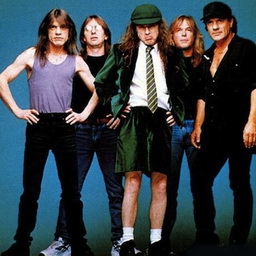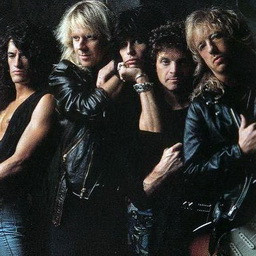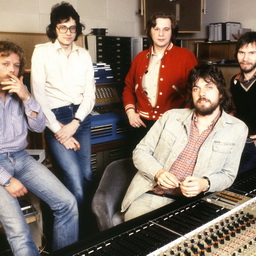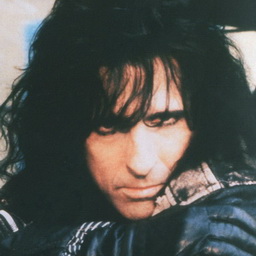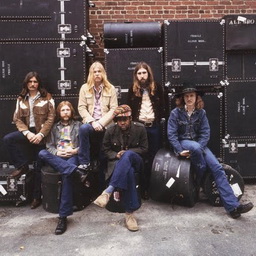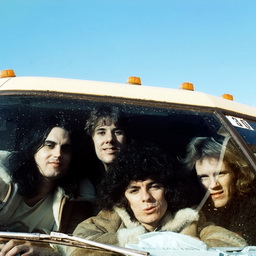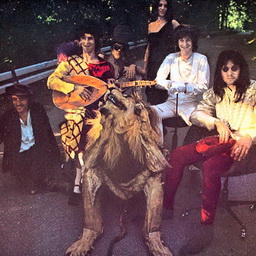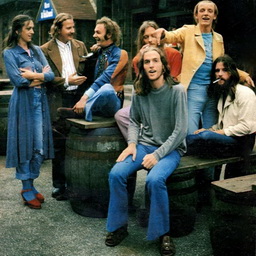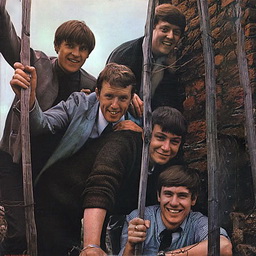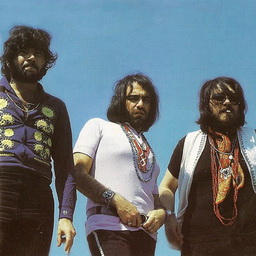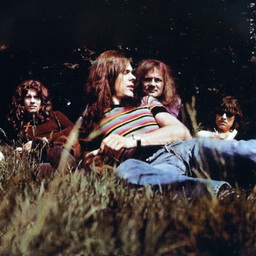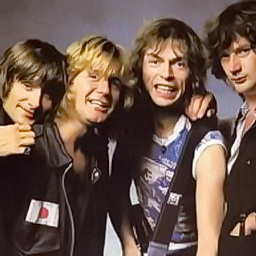Rock
Rock Music
Rock & Roll is often used as a generic term, but its sound is rarely predictable. From the outset, when the early rockers merged country and blues, rock has been defined by its energy, rebellion and catchy hooks, but as the genre aged, it began to shed those very characteristics, placing equal emphasis on craftmanship and pushing the boundaries of the music. As a result, everything from Chuck Berry's pounding, three-chord rockers and the sweet harmonies of the Beatles to the jarring, atonal white noise of Sonic Youth has been categorized as "rock." That's accurate - rock & roll had a specific sound and image for only a handful of years. For most of its life, rock has been fragmented, spinning off new styles and variations every few years, from Brill Building Pop and heavy metal to dance-pop and grunge. And that's only natural for a genre that began its life as a fusion of styles. In its purest form, Rock & Roll has three chords, a strong, insistent back beat, and a catchy melody. Early rock & roll drew from a variety of sources, primarily blues, R&B, and country, but also gospel, traditional pop, jazz, and folk. All of these influences combined in a simple, blues-based song structure that was fast, danceable, and catchy. The first wave of rock & rollers -- Chuck Berry, Elvis Presley, Little Richard, Jerry Lee Lewis, Buddy Holly, Bo Diddley, Bill Haley, Gene Vincent, the Everly Brothers, and Carl Perkins, among many others - set the template for rock & roll that was followed over the next four decades. During each decade, a number of artists replicated the sound of the first rockers, while some expanded that definition and others completely exploded the constrictions of the genre. From the British Invasion, folk-rock, psychedelia, and through hard rock, heavy metal, glam rock, and punk, most subgenres of rock & roll initially demonstrated an allegiance to the basic structure of rock & roll. Once these permutations emerged, traditional rock & roll faded away from the pop charts, yet there were always artists that kept the flame alive. Some, like the Rolling Stones and the Faces, adhered to the basic rules of traditional rock & roll but played the music fast and loose. Others, like proto-punk rockers the Velvet Underground, the New York Dolls, and the Stooges, kept the basic song structure, but played it with more menace. Still others, like Dave Edmunds and Graham Parker, became rock & roll traditionalists, writing and recording music that never wavered from the sound of the late '50s and early '60s. Although the term "rock & roll" came to refer to a number of different music styles in the decades following its inception, the essential form of the music never changed.


